Despite the abundance of smartphone users, 9 out of 10 mobile apps fail. In particular, along with the effort required to encourage your audience to download and install your app, you will also have to think about how to engage them in its further use.
Indeed, according to statistics, only 75% of users continue to use mobile software regularly after their first encounter with it. So how can you achieve your mobile app success? Let's find it out below.
Key takeaways
- To make your mobile app successful, it's not enough just to get users to download it – you also need to make it interesting for them to use regularly.
- Behind every mobile software success story lies not only proven ideas plus effective marketing but also correct technical implementation.
- When developing your mobile software, you must also need to take care of its security for end users.
What Is a Successful App?
In fact, the concept of success of a particular mobile application is quite subjective. Indeed, while some measure their success in terms of millions of dollars in recurring revenue, others estimate it in an ever-growing number of users. At the same time, the problem of assessing the success of a software solution can still be reduced to compliance or, conversely, non-compliance with its well-defined criteria.
That’s why below, we invite you to find out what objective parameters exist for assessing the success of a particular mobile application. Formally, they can be divided into two groups – consumer-centric and business-centric.
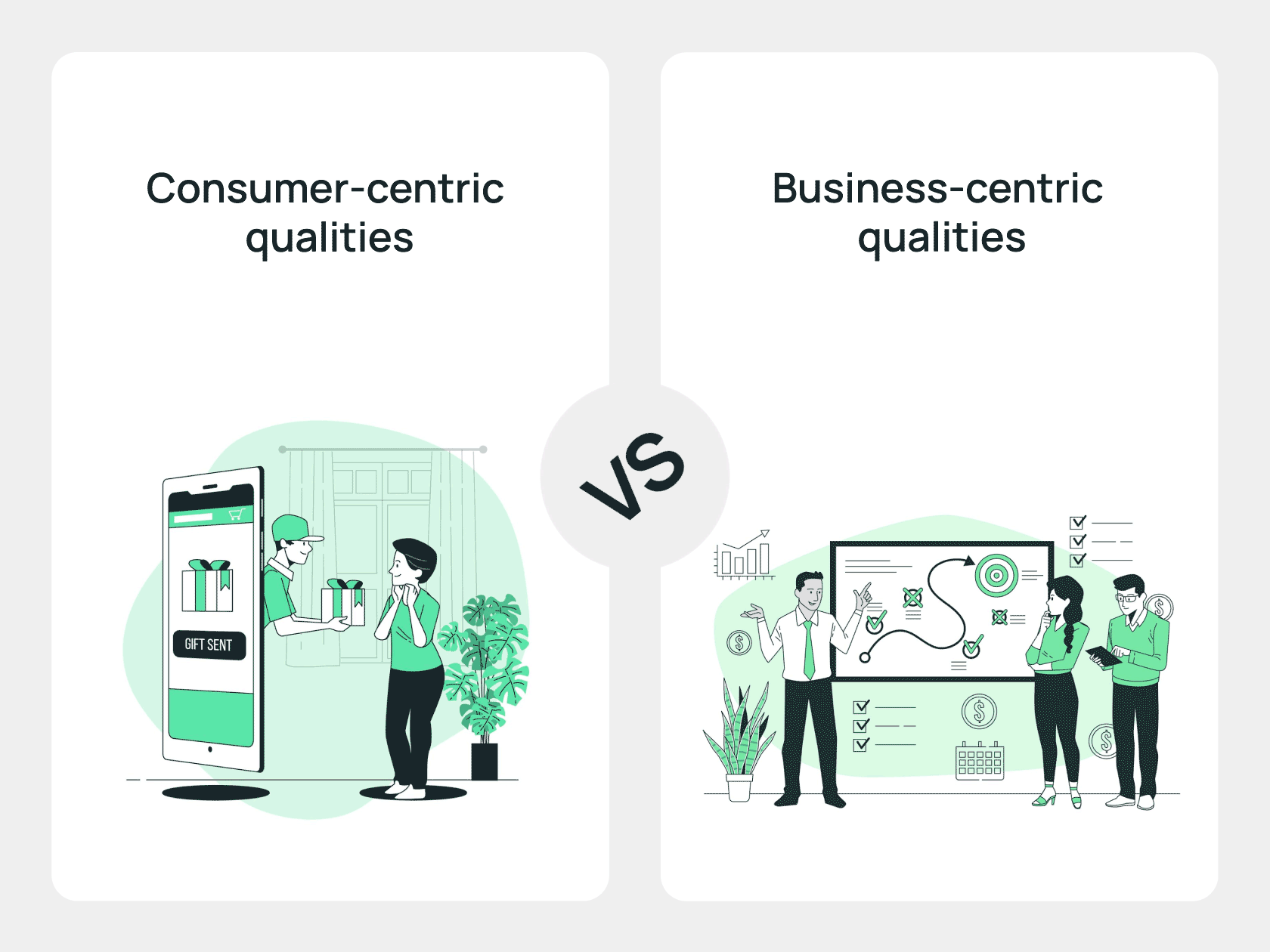
Consumer-centric qualities
There are seven general qualities that determine the fact that a mobile solution is focused on the end user:
- visually attractive design that is convenient and understandable for its target audience;
- low entry threshold that does not require onboarding with the help of capacitive documentation and manuals;
- compliance with the expectations and needs of the target audience regarding the implementation of a specific task assigned to the application;
- stable and predictable operation of functions;
- security and confidentiality of user data;
- efficient customer service;
- adherence to accessibility policies that guarantee the ability of different user groups to use the application, regardless of their physical and/or cognitive abilities, as well as external circumstances.
Business-centric qualities
Let's look at the key features of successful mobile apps from a business point of view:
- easy download and installation of updates;
- constant growth in the number of new users and high retention rates of existing ones;
- fast and convenient payment procedure (if the application is monetized);
- protection against typical hacker attacks;
- optimal balance between development, deployment, and support costs and profit received.
10 Tips for Developing a Successful Mobile App
In this paragraph, we will present ten non-obvious app development tips that will help you launch a successful product.
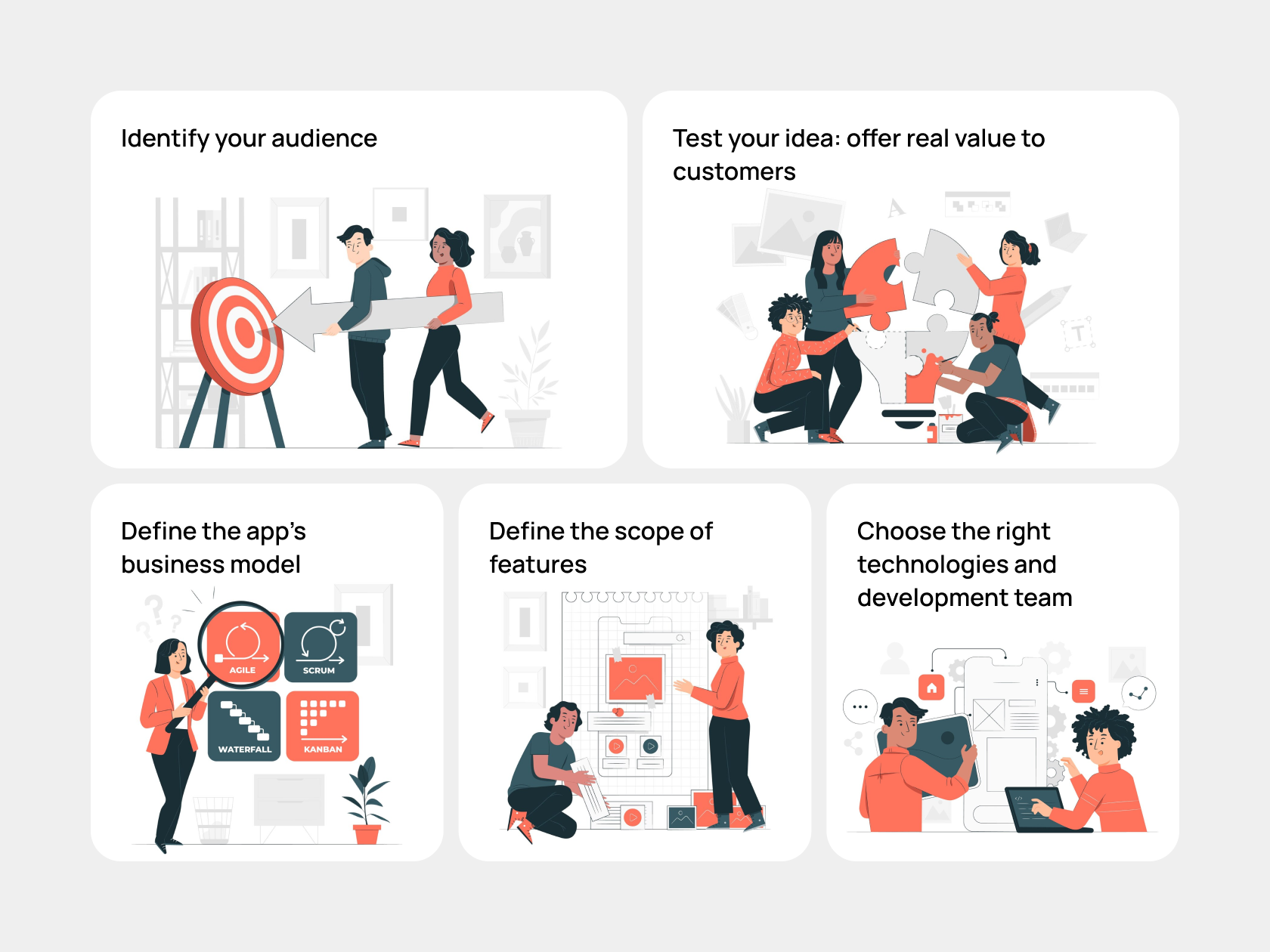
1. Identify your audience
First, you will need to determine who exactly your target audience is: its demographic characteristics (age, location, gender, social status, etc.), as well as interests, intentions, pain points, and goals. Based on this data, you will be able to create a client portrait (usually, there are several of them) and, thus, look at your idea from the perspective of the average user.
2. Test your idea: offer real value to customers
Before you begin development, you will need to test your assumptions about your mobile software with potential consumers. To do this, you should gather a focus group and present the main provisions and tasks that your application will perform (as well as the method of completing them). This way, you can promptly abandon ineffective ideas and choose the ones that will be positively perceived by the audience.
3. Define the app's business model
Along with confirming the usefulness of your idea, you must figure out how you can make money from its implementation. In particular, you will have to choose the most profitable business model that can be presented in your application and consider options for its implementation.
4. Define the scope of features
Now that you have a clearer vision of what your final product will be, you can start defining its features. This will make it easier to implement your project gradually, starting with the highest priority ones (and building a minimum viable product, MVP, based on them), and, as far as possible, enriching with those that are less important.
5. Choose the right technologies and development team
A lot depends on the right choice of the technology stack and consumer app development team. We are issuing a Request for Information (RFI) to gather detailed information on available technologies and potential development teams. This will help us assess compatibility with our project requirements, scalability potential, budget constraints, and adherence to performance, accessibility, and security standards.
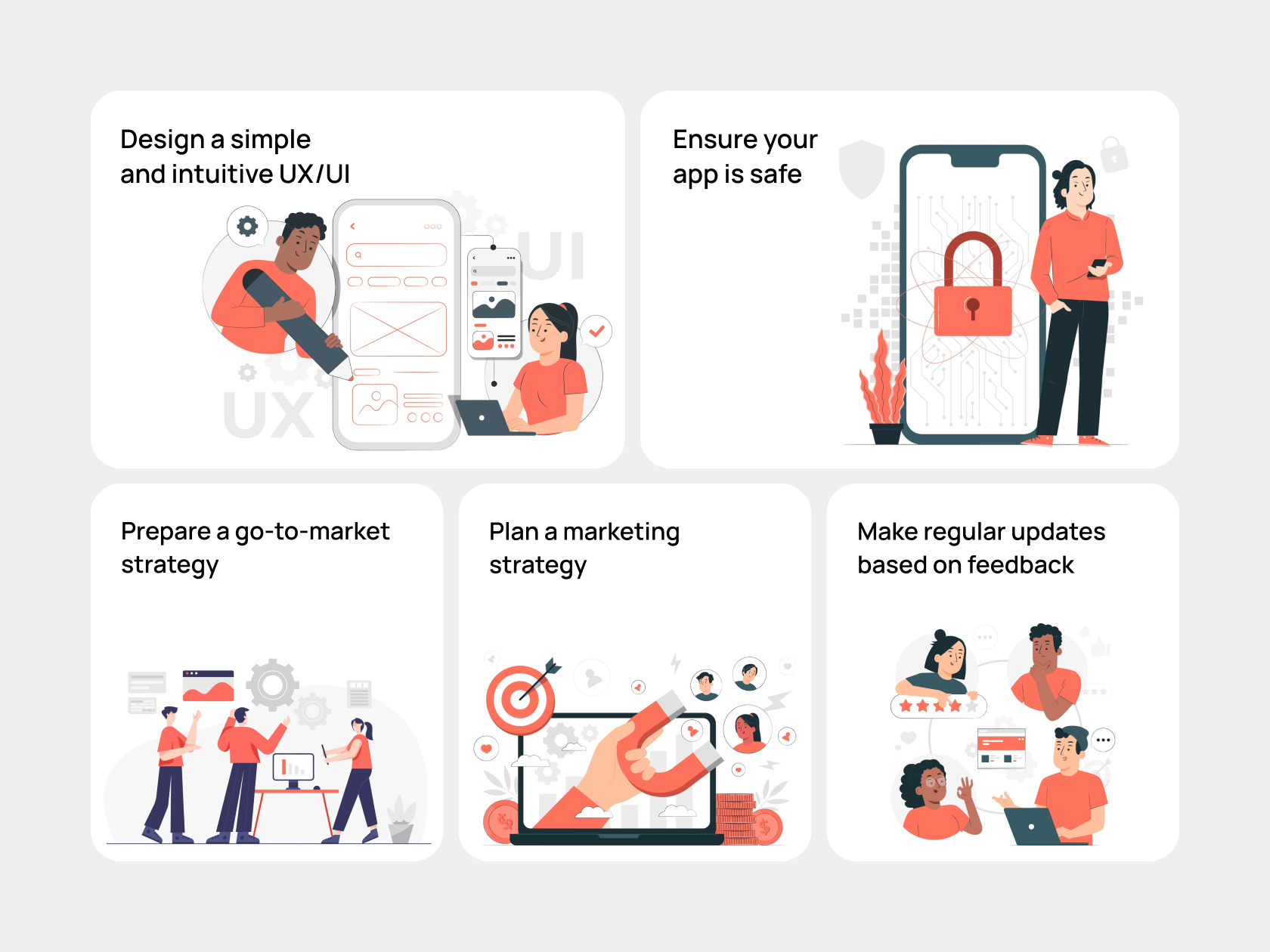
6. Design a simple and intuitive UX/UI
Even if you have decided to develop an MVP, this does not mean that you will need to sacrifice the quality of its design. In particular, it must meet generally accepted UX/UI requirements, which ultimately can ensure its competitiveness at the first stages of its lifecycle.
7. Ensure your app is safe
Along with the security requirements you personally impose on your mobile application, you should also make sure that it meets the common security requirements of the region in which it will operate. Typically these are GDPR, HIPAA, PCI DSS, etc.
8. Prepare a go-to-market strategy
The strategy for introducing your product to the market implies not only its correct positioning in the eyes of the audience but also taking a stable position against existing competitors. That is why you will most likely have to repeatedly revise the functionality and design of your software in order to highlight its strong competitive advantage.
9. Plan a marketing strategy
You should think through several marketing strategies at once. The first should be dedicated to launching the first version of your product to attract the first users. The remaining strategies have to be aimed at retaining existing users and also attracting those users who came to you after the product had already gained some popularity.
10. Make regular updates based on feedback
As you receive customer feedback after launching the current version of your mobile software, you will be able to improve it and add new features. This way, you will maintain interest in your software from an audience that has been using it for some time.
Our Experience in Developing Successful Mobile Applications
Now, with knowledge of how to create a successful app, you can consider special cases of great implementation of mobile software. Below, we presented two case studies brought to life by the WEZOM team.
The Kaztour travel app
We were approached by the travel agency Kaztour, founded in 2001 in Kazakhstan. As its client base increased gradually and reached 40,000+ customers, the client decided to launch a mobile travel agency app for tour planning app for iOS and Android platforms.
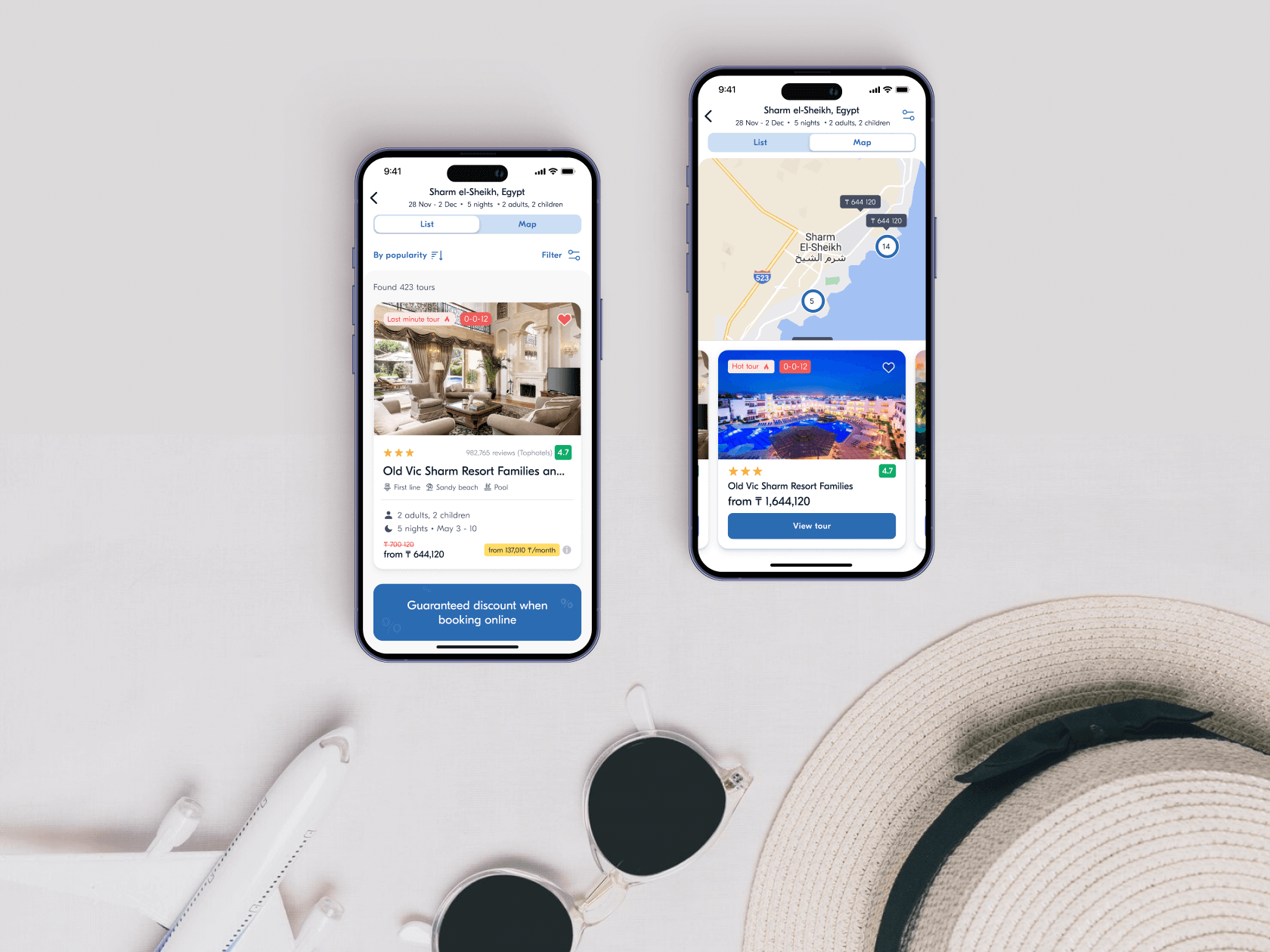
To save the client’s time and budget, we decided to resort to cross-platform development – it was the best option even though the app needed integration with online mapping, geolocation, payment, and some other third-party services.
As for the app’s functionality, it implied:
- finding the travel proposition according to the specific user’s settings in a few clicks;
- creation of user profiles to simplify the booking and payment procedures;
- division of the total cost of the tour to pay in parts or on credit through the services provided by partner banks;
- ability to order additional services while booking, such as PCR testing, insurance for travel abroad, transfer options, etc.
Seven months after the app’s launch, it gained 13 thousand downloads on Google Play and 22 thousand downloads on the App Store. Currently, we are working on its updates, specifically on adding cashback mechanisms and tracking price dynamics for selected tours.
Miastoriia: a restaurant on your smartphone
We also collaborated with Meastoria, a network of restaurant stores providing top-quality meat and farm products. Specifically, we were tasked to develop a mobile app allowing its users to order the 1-2 day delivery of raw steaks or barbeque at any address within Ukraine. Also, it had to provide the ability to order ready meals to residents of Kyiv and its suburbs. Overall, this solution needed to combine the features of typical e-commerce products and an online restaurant.
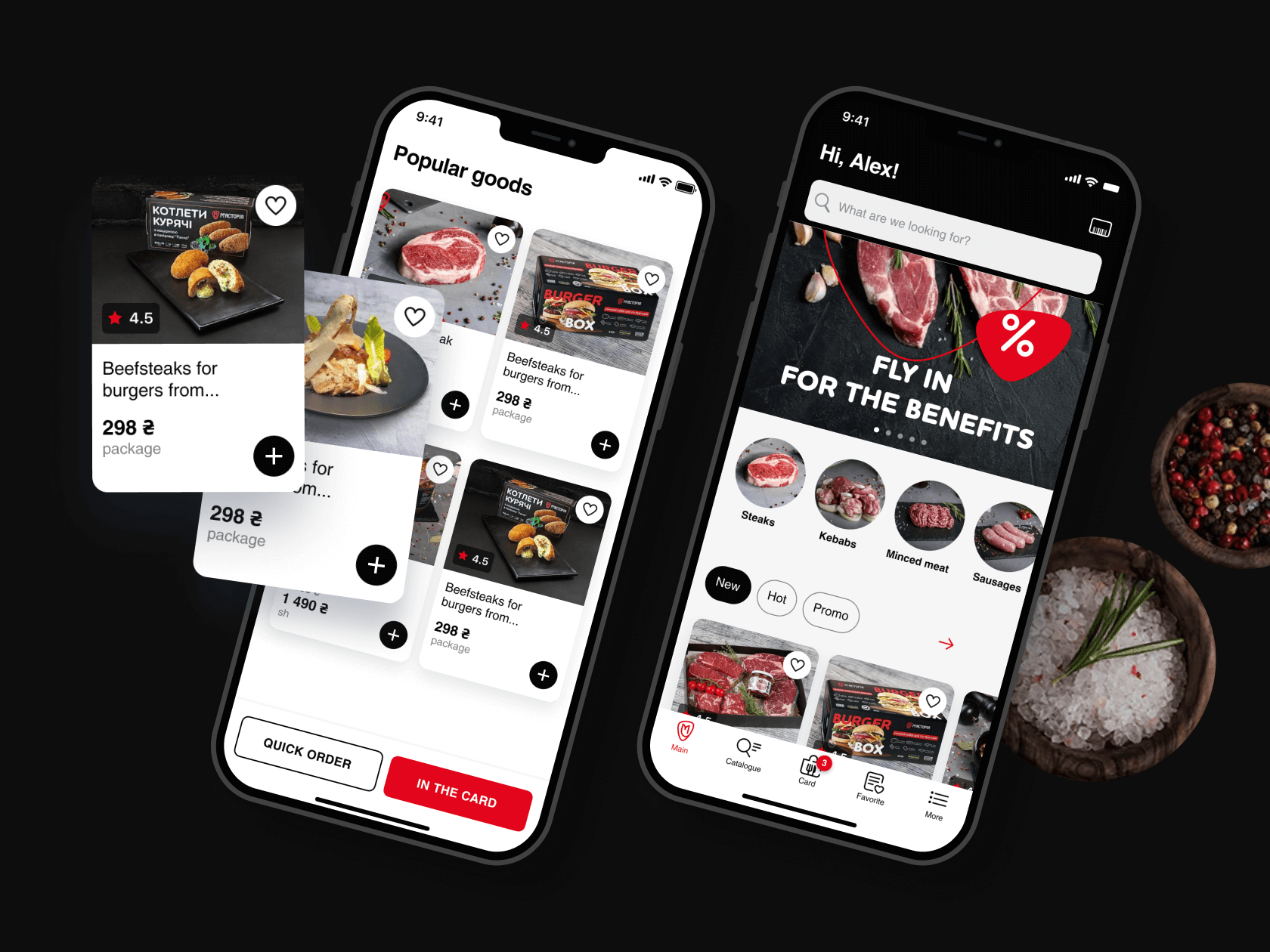
To meet the client’s needs, we decided to choose a cross-platform development approach. As for the key features, the mobile app had to have:
- an ability to order delivery of meat, half-finished, or ready-to-eat meals in two clicks;
- two full-fledged, eye-catching catalogs for finished and raw products;
- synchronization with third-party HoReCa accounting software used by the client’s company.
Based on these requirements, we decided to choose a Flutter framework, a GraphQL language, Oauth2, PHP, Hive, and Firebase for the main app’s tech stack.
As a result, in just a few months, we launched an e-commerce mobile app based on a strong architecture, allowing its maintenance and scaling for years. In terms of business indicators, the app allowed the client to increase the net promoter score by 110% and repeat customer rate by 70%.
Deliver Your Vision with the Right Developer
Perhaps you already have your one-million-dollar idea that can be implemented in a custom mobile application for business? In this case, you can share it with us, and we will select for you seasoned experts who will materialize it. Our developers have extensive experience in creating mobile software, and now, they are ready to apply their best skills and knowledge to your project as well to ensure its cost-efficiency, high competitiveness, and love of the target audience.
